Ain't Nobody Buying The Volvo S60 Cross Country
Sometimes you get it right. Sometimes you get it wrong. And sometimes you get it so wrong we all figure you were just playing a practical joke.
Launched just after the arrival of Volvo’s hugely anticipated second-generation XC90, Volvo’s S60 Cross Country is a Swedish/Chinese take on the failed Subaru Legacy Outback SUS. 17 years later.
Elevated wagons can be successful. Just look at the outrageous success of the Subaru Outback or the staying power of Volvo’s own XC70. Elevated sedans? Consumers aren’t really into the concept. Thus, after selling 50 copies of the S60 Cross Country in its abbreviated launch month of August, Volvo USA sold only 29 S60 Cross Countrys in September, one for every 1.7 states in the union.
That’s not a lot, a fact made all the more clear when you consider that Volvo sold 1,182 copies of the XC90 in September alone. Because sometimes you get it right.
Admittedly, September was not a good month for Volvo’s trio of elevated non-SUVs. After averaging 277 monthly sales during the previous six months, Volvo sold only 134 V60 Cross Countrys in September. The V60 CC is the wagon sibling of the S60 CC, and in the wagon’s worst month since launching last winter, it still outsold the S60 CC by nearly five-to-one.
Meanwhile, the XC70 suffered a 17 percent loss to 463 September sales during a month in which the U.S. auto industry exploded and Volvo’s two core SUVs/CUVs combined for a 92 percent year-over-year increase.
Then there’s the S60 CC. Let’s not forget that September was only its second month on the market. It can take time for a car, even a jacked-up sedan with black wheelarch cladding, to stir up demand, to pluck your heartstrings with just the right amount of force, to seduce you with its step-in height. Availability isn’t exactly Camry-like – head to your local Volvo dealer and you won’t be deciding between S60 CCs in a variety of colours and wood trim appliques. Cars.com currently displays only 154 S60 CCs in its inventory, clarifying that Volvo and its dealers understand the car’s limited appeal. Volvo never intended the S60 CC to be one of their volume players.
But just how limited is the interest? Look at the vehicles which sold less often than the S60 CC in September 2015, a batch of discontinued models including the Nissan Cube, Jaguar XK, Scion xD, Scion iQ, Mazda2, Land Rover LR2, Honda Ridgeline; and supercars including the Audi R8, Porsche 918 Spyder, and Lexus LFA.
Indeed, consider the supremely rare vehicles which sold more often than the S60 Cross Country in September, including discontinued models like the Dodge Avenger and Honda Insight, high-end sports cars such as the Mercedes-AMG GT, Alfa Romeo 4C, and Nissan GT-R; and oft-maligned GM vehicles including the Chevrolet SS and Cadillac ELR, among hundreds of other nameplates.
Only two percent of the S60s sold in the United States in September were of the Cross Country variety. Only 0.9 percent of the Volvos sold in the United States in August were S60 CCs, a figure which fell to 0.5 percent in September. It’s not as though the S60 CC’s rarity is made conspicuous by the Volvo brand’s supreme popularity, either. Volvo’s share of the market in September 2015, at just 0.4 percent, was little more than half what it was a decade ago.
Having established the near complete unwillingness of the American car-buying public to coalesce around the idea of an elevated Volvo sedan, September’s figures also made clear that Volvo can get it right. The new XC90 won’t soon tackle segment leaders like the BMW X5 and Mercedes-Benz GLE; supply is too limited, and Volvo’s return from the North American brink will take time. But September’s 1,182-unit tally was the highest mark for the XC90 since December 2010, 56 months ago.
Far greater volume is being generated by the XC60, now in its seventh year. Never before has the XC60 sold as well as it is selling in 2015. It remains a midpack player in a category controlled by the Audi Q5 and Acura RDX, but the XC60 is hugely important to Volvo’s U.S. operations. Four out of every ten Volvos sold in America in the first three-quarters of 2015 were XC60s.
Sometimes Volvo gets it right.
Timothy Cain is the founder of GoodCarBadCar.net, which obsesses over the free and frequent publication of U.S. and Canadian auto sales figures. Follow on Twitter @goodcarbadcar and on Facebook.
More by Timothy Cain
Latest Car Reviews
Read moreLatest Product Reviews
Read moreRecent Comments
- Kwik_Shift_Pro4X I wonder if Fiat would pull off old world Italian charm full of well intentioned stereotypes.
- Chelsea I actually used to work for this guy
- SaulTigh Saw my first Cybertruck last weekend. Looked like a kit car...not an even panel to be seen.
- GregLocock Bear in mind this is purely a branding exercise and has no significant input from AM. Buying one of these is like buying a Pink Floyd T shirt, no Dave and Nick didn't personally sew it up for you.
- Lou_BC This is the sort of thing that lands 15 billion dollar Honda investments in Canada. One political party tries to undo everything the other one has done.



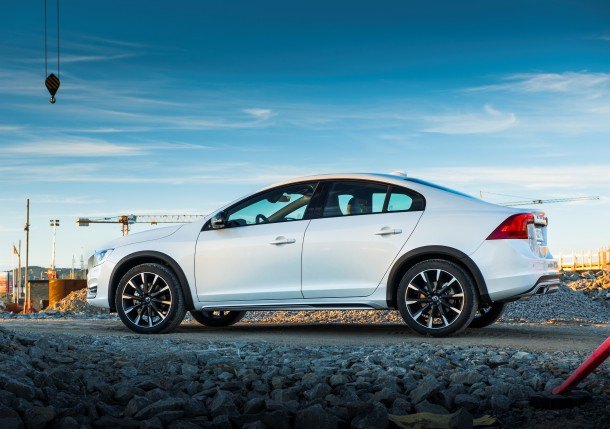














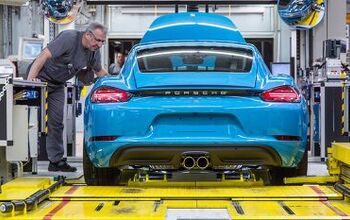



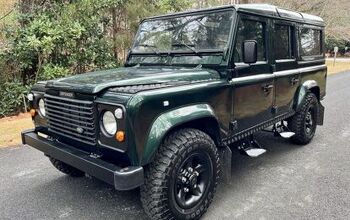
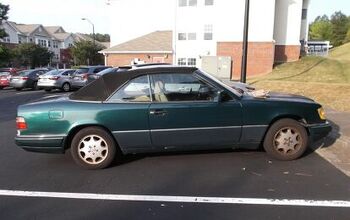

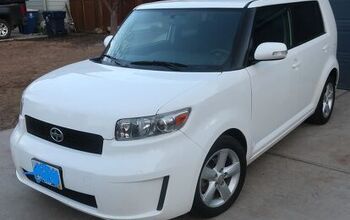
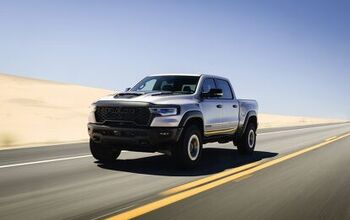
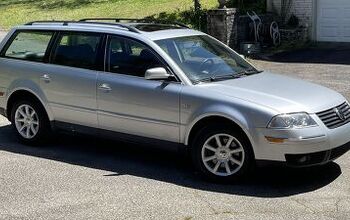
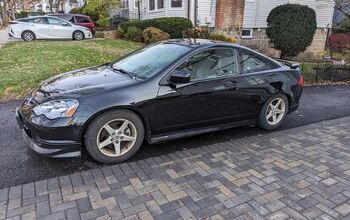
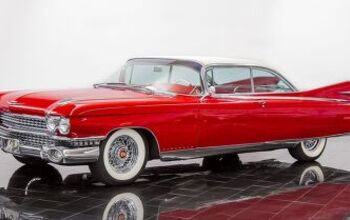
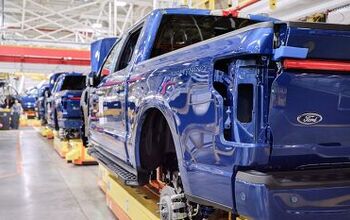

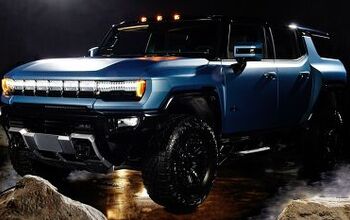
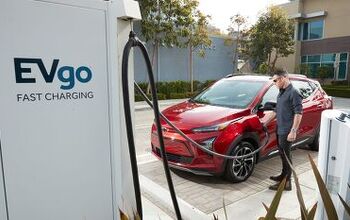
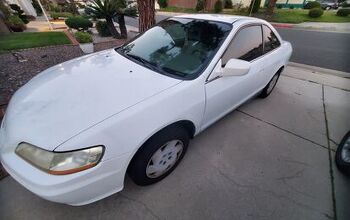

Comments
Join the conversation
I have an older XC 70. I plan on getting a newer one, if this one ever dies. Or will it be the V90 CC by then? Anyway, the V60 CC is nice, but there isn't much room in back for my kind of cargo...large dogs. I can't imagine why the S60 CC exists...but I've never been to Sweden...so who knows?
I laughed heartily at this piece. While I personally am a fan of the raised S60, I see that nobody else is checking for it. So my question is.... how do I translate Volvo's slow-to-move stock into a deal? I think the cars are a good 10K over priced. I'll help them out of their misery if I can get one for $32K. How do car makers normally get rid of their duds?